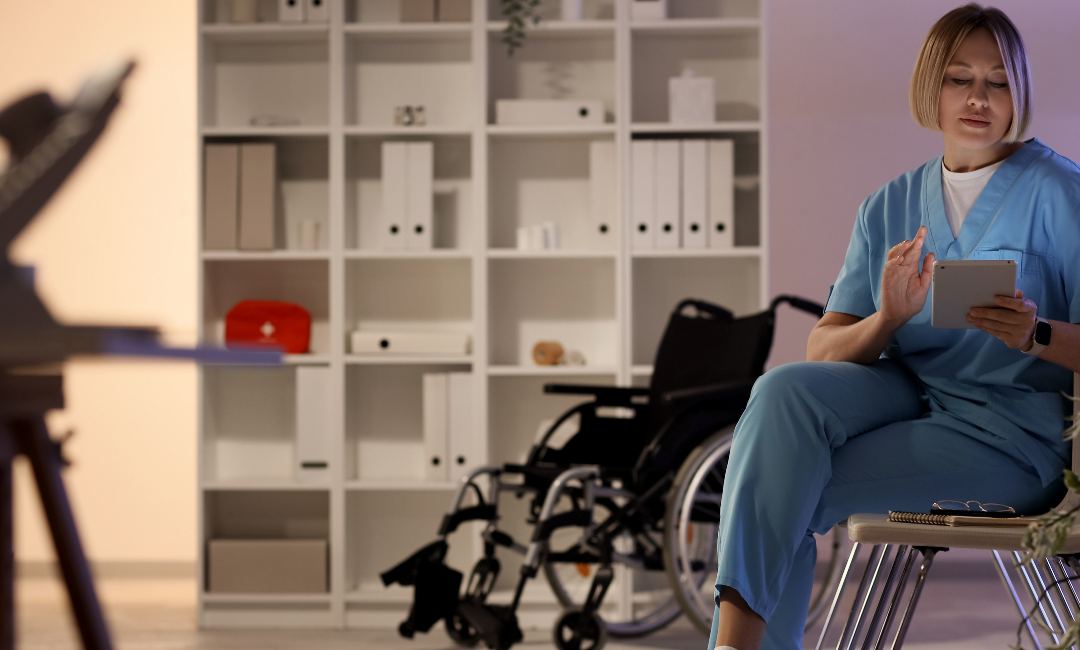What Should I Do During a Code White?
Protocols during a code white can vary per healthcare facility.
However, if you are in a situation where a patient is acting violently, there are a few universal moves you can make.
De-escalation techniques
The Joint Commission (TJC) offers several tips for healthcare providers who are in a situation that they must de-escalate for the safety of patients and staff. These include:
- Using verbal communication techniques that are clear and calm.
- Maintaining non-threatening body language when approaching the patient.
- Approaching the patient with respect and being supportive of their issues and problems.
- Using risk assessment tools for early detection and intervention.
- Implementing environmental controls, such as minimizing lighting, noise, and loud conversations.
Call for a code white or your facility’s equivalent
If the de-escalation techniques listed above are not applicable for your patient and their level of agitation, it is vital that you call a code white.
Your nearby colleagues will be able to assist you by following your facility’s protocol when handling moderately and severely agitated patients who are combative.
Notify hospital security
More often than not, hospital facilities have security guards (mostly for instances such as a code white).
Depending on your facility’s procedure, if you can contact security to assist you, we recommend doing so, as it can provide you and others with protection.
Restraints
Although we are not going to get into the specifics of the many types of restraints a provider may use in the event of a severely agitated and combative patient, it is important that we cover this. Restraints will also be covered in your facility’s code white protocol, so be sure to check that out, too.
This form of intervention not only protects providers and those around a combative patient, but they also protect the patient from harming themselves.
A few examples of physical restraints can include railing, sheet tucking, or wrist, ankle, and waist restraints.
There is controversy surrounding the use of restraints, as there are many existing alternatives that serve the same purpose. However, this is up to your facility.






